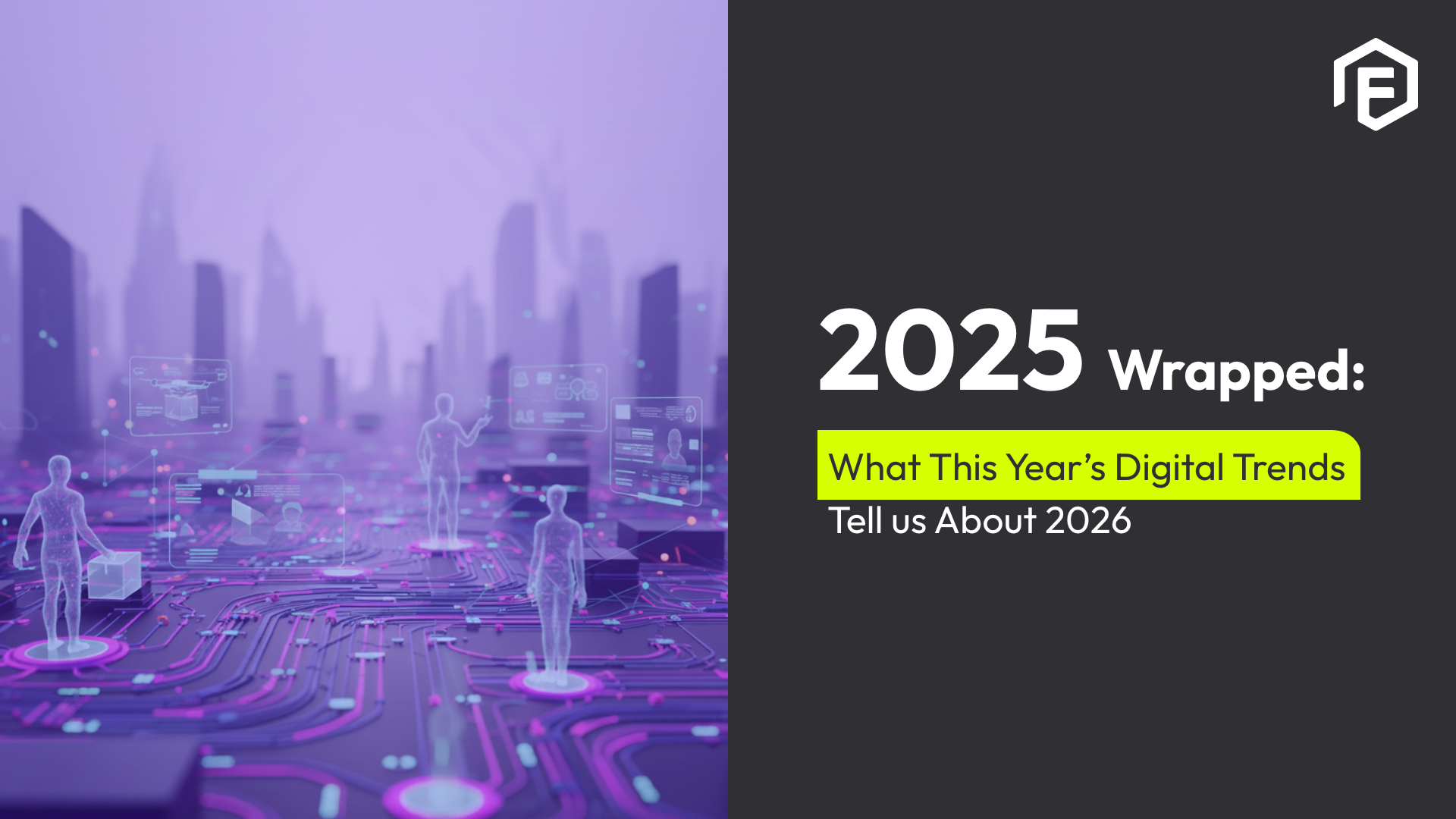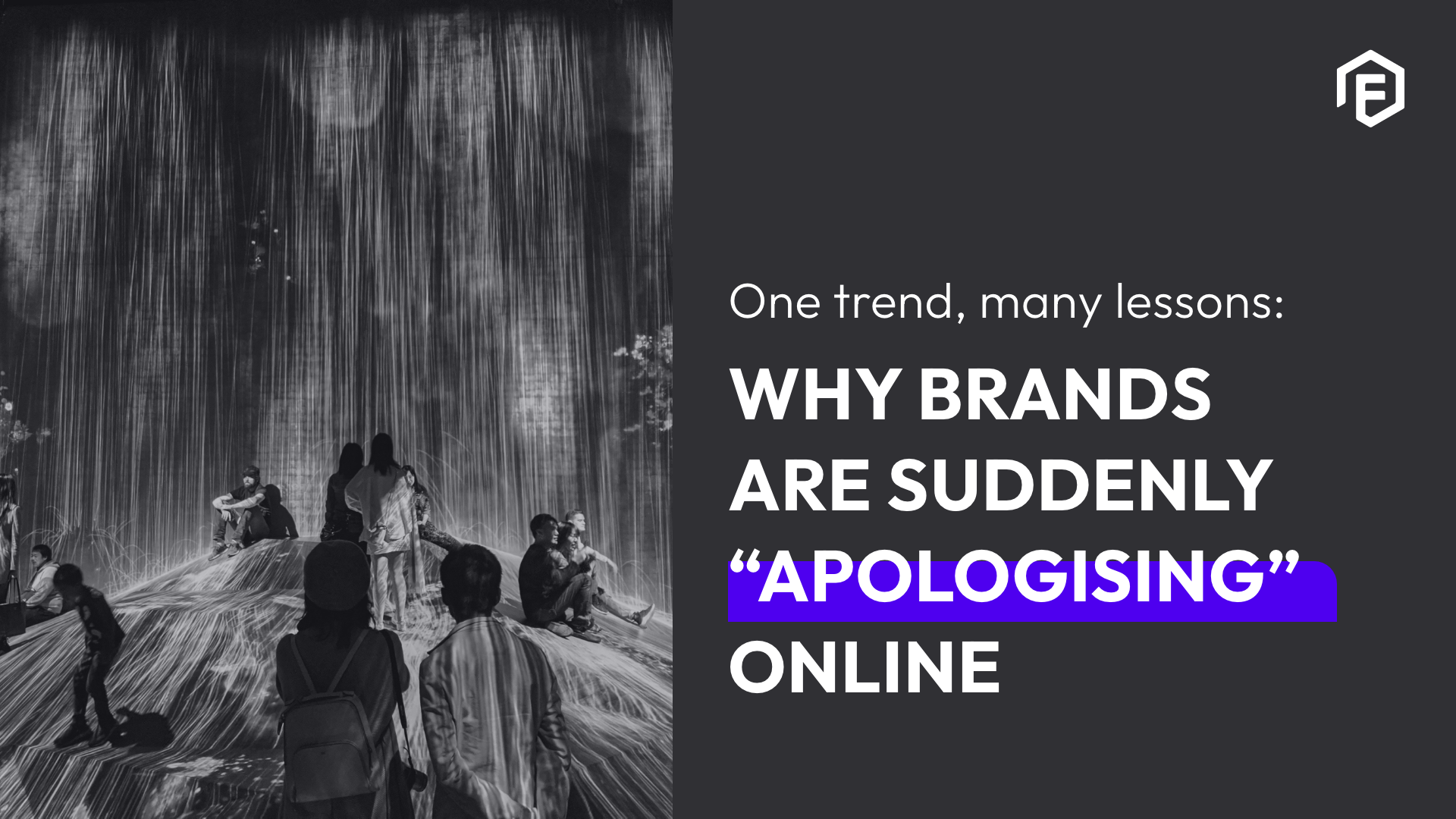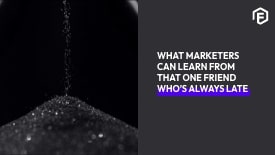In the bustling metropolis of modern marketing, multi-channel campaigns rise like towering skyscrapers, stretching across a diverse landscape: from the vibrant streets of Facebook, Instagram, and LinkedIn to the fast lanes of TikTok, Google’s vast highways, and the cosy nooks of messaging apps and personalised emails. Their mission? To amplify brand visibility, precisely targeting the ideal audience at the perfect moment through the most resonant channels.
At their core, these campaigns are the master architects of seamless brand experiences backed by data-driven insights, weaving an unbreakable golden thread of consistency and allure through every interaction. They go beyond simple messaging, fostering lasting connections that endure well beyond the initial double-tap, click, or scroll.
Why choose multi-channels for your marketing campaign?
The era of single-channel campaigns is fading fast. And the numbers prove it. Wharton Online reports that multi-channel strategies boast a return on investment (ROl) nearly five times greater than their single-channel counterparts. This isn’t just a statistic – it’s a game-changer. Imagine your marketing channels working in perfect harmony, delivering a unified message that resonates deeply with your audience. The results speak for themselves: businesses that adopt multi-channel strategies see a staggering 91% increase in year-over-year customer-retention rates, according to Aspect Software’s survey.
Multi-channel campaigns aren’t just strategies; they’re amplifying messaging, enhancing engagement, and redefining digital interaction. From the electric buzz of social media to the serene sanctums of personalised email, they orchestrate an immersive journey that leaves an indelible mark on the psyche of your audience. In today’s dynamic digital landscape, they are the keys to unlocking maximum impact and driving transformative results.
“One of our strategy philosophies at Flume is to be ‘Objective-led but evidenced-based’ and what this means is we aim for effectiveness, but we also base it on the market and the customers’ truth. ”–Tammy Tal, Senior Digital Strategist
5 Benefits of using a multi-channel campaign strategy to achieve your marketing goals.
1. Enhanced reach and visibility:
Imagine you’re a brand with a story to tell. You’ve got your message ready, but where do you share it? It’s like having a megaphone and wondering which street corner will draw the biggest crowd.
That’s where multi-channel campaigns come in. Think of them as your megaphone, not just on one street corner, but echoing across every bustling taxi rank, busy Spar parking lot, and vibrant shisa nyama spot in South Africa. From the lively chatter of social media platforms, the thoroughfares of search engines, to the intimate settings of personalised emails –you’re everywhere, reaching your audience at every turn.
By spreading your message across multiple channels, you’re casting a wider net, reaching people wherever they live online. It’s like setting up shop in the busiest parts of the digital world, ensuring your brand is seen and heard by as many potential customers as possible.
So, whether someone’s scrolling through Instagram, Googling for answers, or checking their inbox, your message pops up, making sure they know who you are and what you’re about. It’s all about being everywhere your audience is, turning heads, and leaving a lasting impression.
2. Improved audience targeting:
In today’s marketing landscape, using multiple channels is key to reaching a diverse audience effectively. It’s not just about being present everywhere; it’s also about tailoring content to each platform. Why? Because each platform has its own unique audience and expectations. What works on TikTok might not resonate on LinkedIn.
Plus, having data from various channels helps you understand how customers interact with your brand – guiding future marketing strategies.
This data isn’t just for insight; it’s also practical. It shows which channels bring in customers cost-effectively and which ones don’t perform as well. So, if your blog and banner ads are a hit but cold calls and digital out-of-home ads aren’t cutting it, you can adjust your budget accordingly. It’s about putting resources where they’ll have the most impact.
“We simply can’t craft any strategy without data to back up what we are saying; otherwise, we would be basing everything on our own opinion only, and that wouldn’t be smart.” – Zanthé Agrela, Senior Digital Strategist
3. Consistent brand experience:
In the vibrant world of digital marketing, maintaining a consistent brand presence across various touchpoints is key. Multi-channel campaigns make this possible, ensuring that whether customers encounter your brand on social media, your website, or through email, the experience feels seamless and unified.
At Flume, we follow the 3C Model: Context, Content, and Channel. This means diving deep into our audience’s world to create content that truly resonates, and then sharing it on the most effective platforms. This approach turns every interaction into a part of a cohesive narrative, fostering stronger connections and lasting brand loyalty. Consistency is the glue that holds the entire customer experience together, transforming touch points into meaningful engagements.
4. Optimised engagement and conversion:
By leveraging multiple channels, marketers can create dynamic, integrated campaigns that guide customers seamlessly through the buyer’s journey. Multi-channel strategies deliver relevant content at each stage, from awareness to consideration to conversion, nurturing leads and driving them towards action. Informative blog posts, engaging social media ads, and personalised email offers work in concert to optimise engagement and boost conversion rates.
A real-world example from Flume perfectly illustrates this approach. A client needed a deeper understanding of their target audience to meet ambitious sales goals.
Stephan Erasmus, Senior Digital Strategist at Flume, explains how we achieved these ambitious goals: “We utilised the client’s existing demographic data along with additional sources to profile current buyers. We discovered that the brand resonated more with higher-income customers rather than the lower-income segment they had been targeting. This insight allowed the client to tailor their multi-channel strategies effectively, focusing on delivering personalised and relevant messages through the right channels.“
By diving deep into customer preferences and behaviours, Flume helped the client craft targeted content that hit the mark across various platforms. This data-driven approach led to a notable uptick in engagement and conversion rates, showcasing how effective multi-channel campaigns can transform each interaction into a meaningful connection. Delivering the right content to the right audience at the right time isn’t just a strategy, it’s a recipe for success.
5. Data-driven insights and optimisation:
Multi-channel campaigns are a treasure trove of data, offering insights into customer behaviour and performance across various platforms. By tracking metrics like impressions, clicks, conversions, and ROI, marketers can gauge each channel’s effectiveness and fine-tune their strategies for better results. This ongoing analysis helps brands refine targeting, messaging, and channel selection, ensuring continuous improvement.
For example, Flume strategists worked with a client in the automotive industry to map the car-buying journey on their website using Google Tag Manager and GA4. They created a custom dashboard to spot where users dropped off, which led to crafting targeted re-engagement campaigns that significantly boosted conversions.
“We pinpointed where potential buyers lost interest and tailored our strategies to keep them engaged, leading to a notable increase in conversions.”–Stephan Erasmus, Senior Digital Strategist at Flume
In today’s ever-changing digital landscape, multi-channel campaigns are not just an option; they have become essential for maximising marketing impact and achieving sustained growth. By embracing this strategy, brands can stay ahead of the curve, foster deeper connections with their audience, and ultimately drive better business outcomes.
Flume is an independent, full-service digital marketing agency providing services that include SEO, web design and development, public relations, media buying, client service, UX/UI, and creative production. For more information visit www.flume.co.za or email us to say, well, “hello”.



